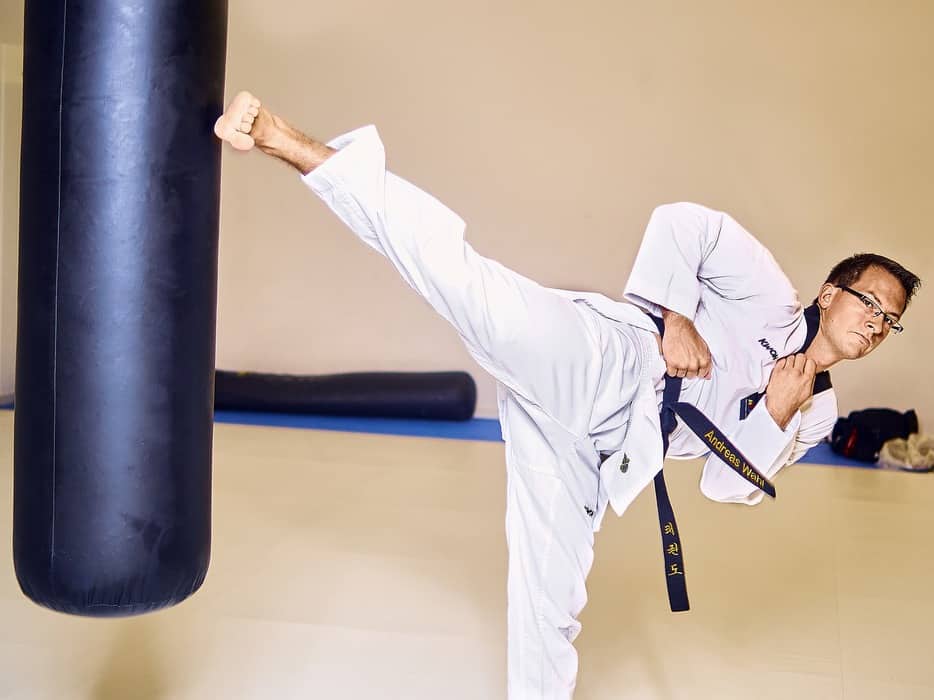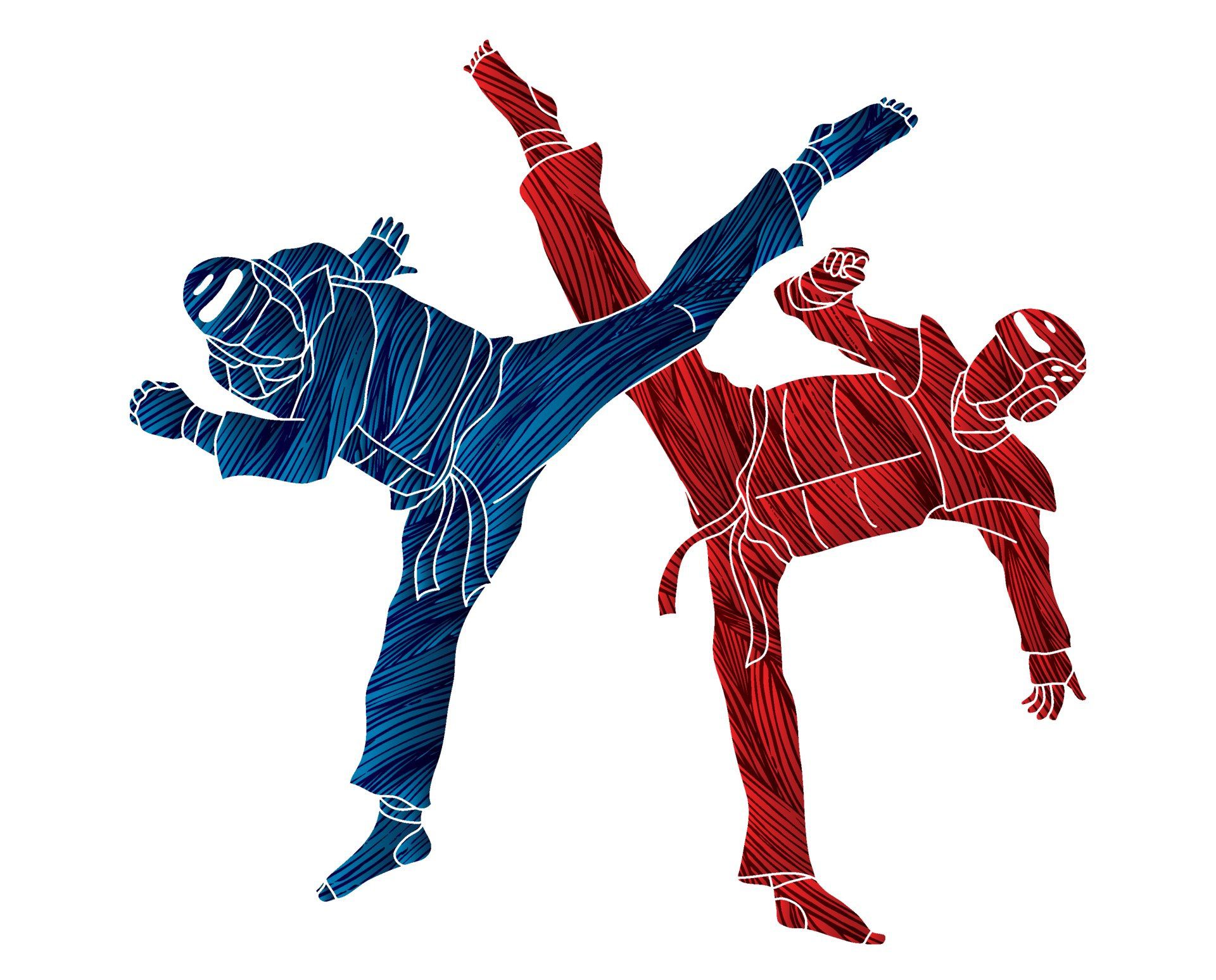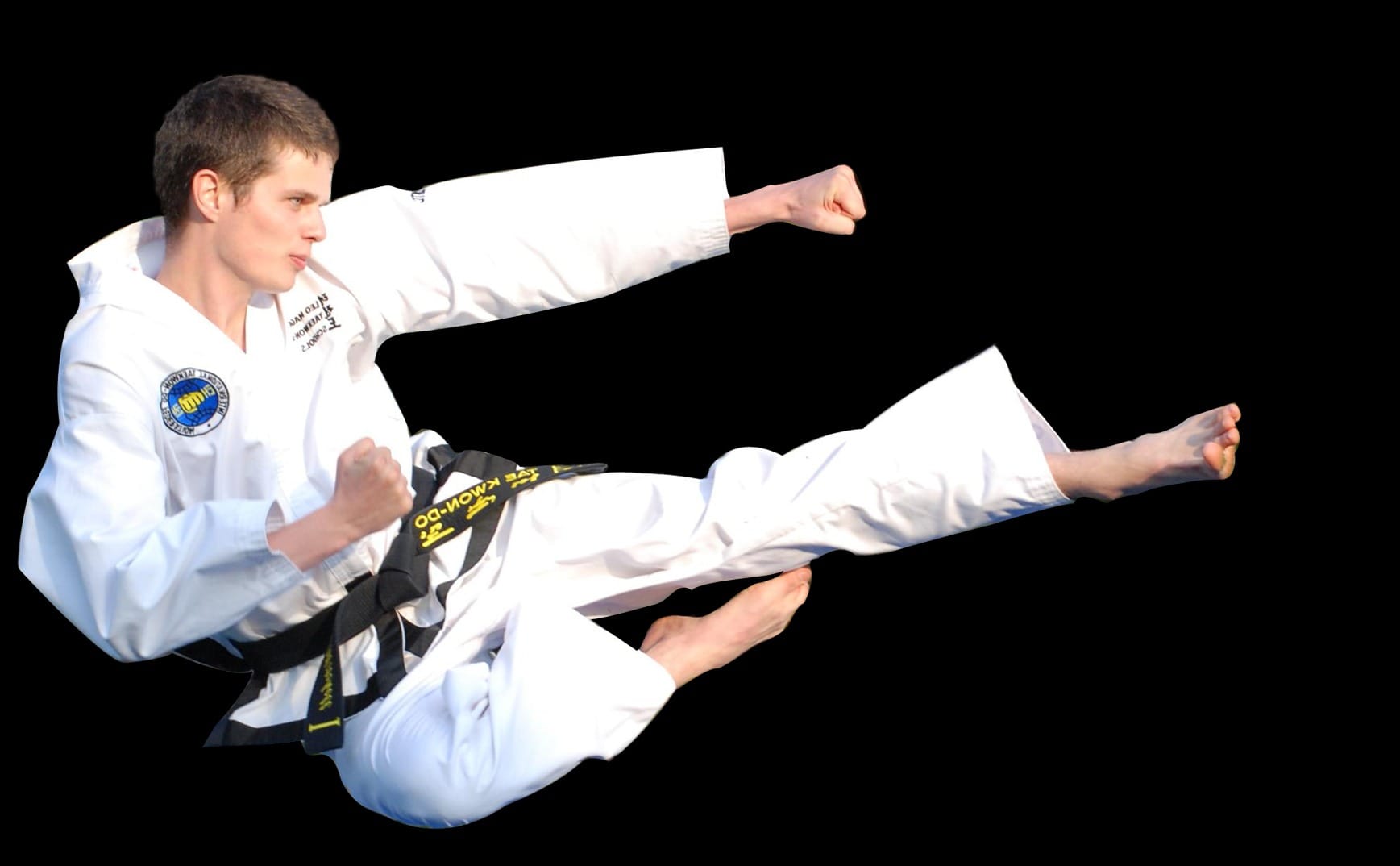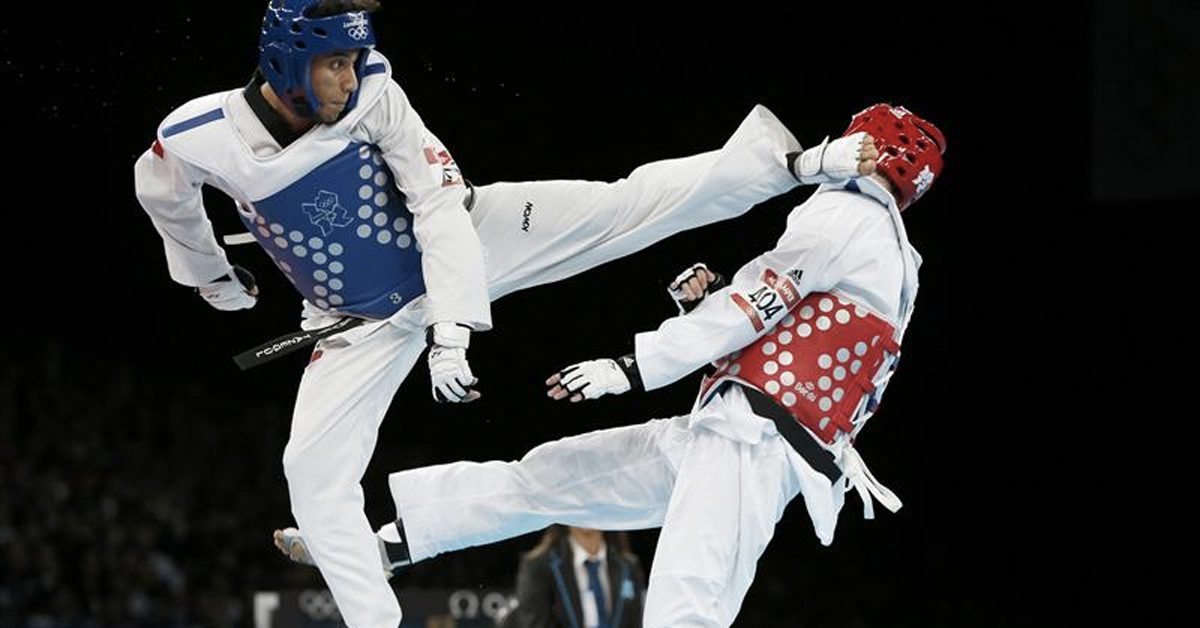Learning martial arts requires a significant amount of time and effort. It can take years, if not a lifetime, to fully understand one. Many individuals are drawn in by the glitz and glam of the martial arts world as depicted in movies and television, without comprehending that learning and mastering a single martial art takes years. Deciding to study martial arts is a significant step.
Day: October 16, 2022
What are the 5 rules of taekwondo
Taekwondo classes improve flexibility, agility, speed, power, and stamina, making it a full-body workout. It also requires discipline and civility while providing practitioners with self-defense and self-belief. Taekwondo sparring’s extensive range of continually growing kicking techniques used at the Olympic level pushes the boundaries of human physical ability.
What is a tornado kick
The tornado kick, also known as the triple crescent, is a complex kicking technique that offers two key advantages over simply planted kicks. Torsion, or rotating momentum, is developed in the hips and core during the tornado kick, giving it maximum force.
Where did the taekwondo originate
Taekwondo (/taekwondo/) is a Korean martial art that emphasizes kicks heavily. Various Korean martial artists developed taekwondo in the 1940s and 1950s as a fusion of indigenous Korean fighting techniques such as taekkyeon, gwonbeop, and subak and influences from foreign martial arts such as foreign karate and Chinese martial arts.
What is the deadliest taekwondo move
Leap kicks, spin kicks, jump spin kicks, and multi-rotational spin kicks are all options. All of these tasks can be handled by either the front or back leg in a given stance.
What is the order of belts in Taekwondo
Since the 1940s, Taekwondo’s Belt System has been an integral aspect of the Taekwondo tradition. Belts and rankings are awarded to students and practitioners who are disciplined, skillful and dedicated to their art. Belt colors in Taekwondo signify the level of training (rank). The belt system incentivizes students to progress to the next level of instruction.






